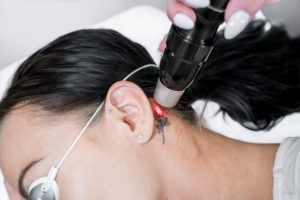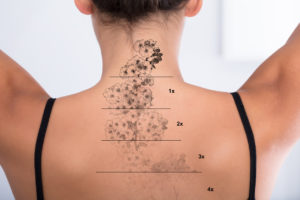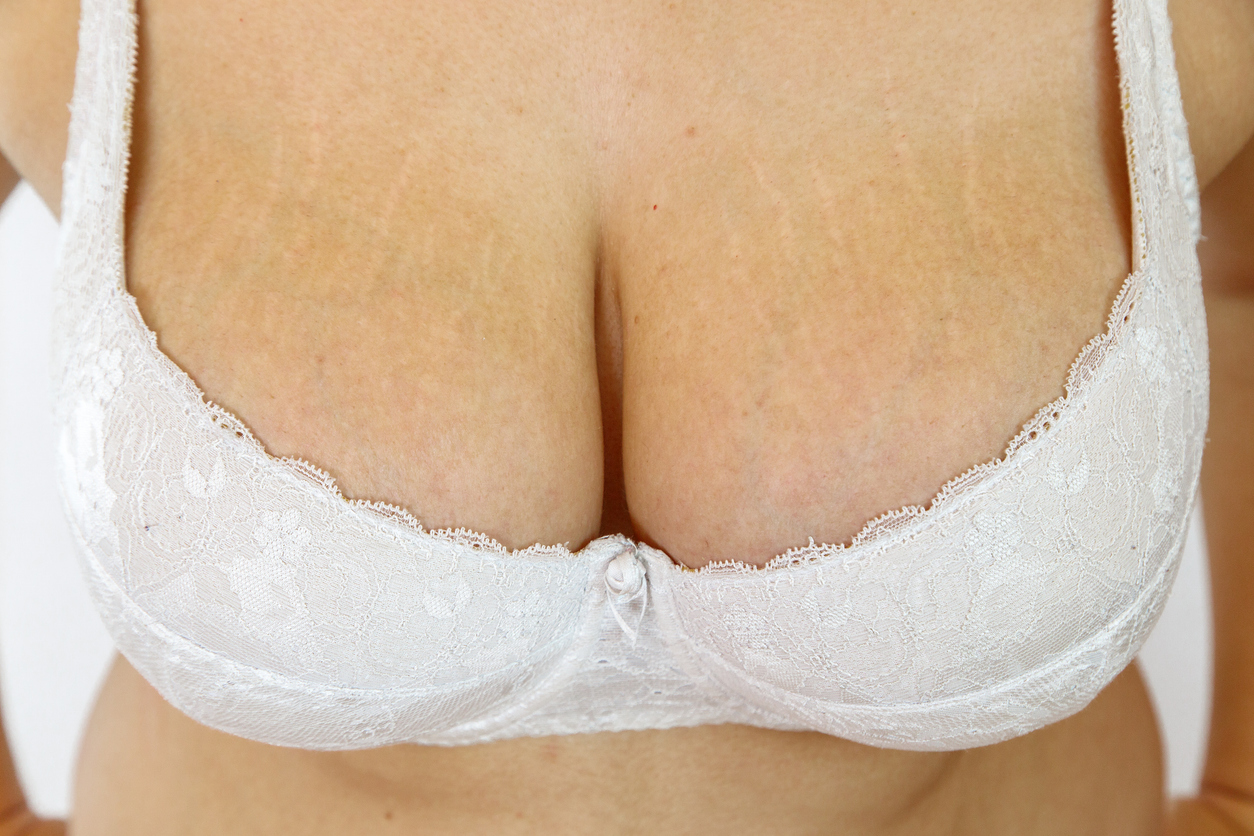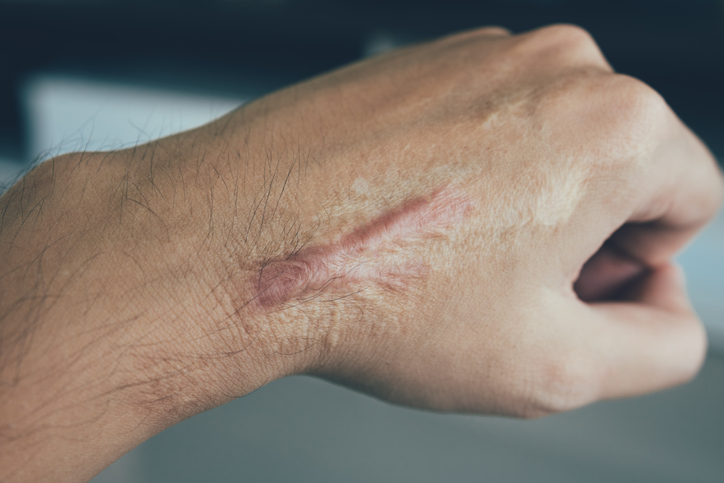We get tattoos for many reasons – a deep love of ink, the mistaken idea it would make you seem cooler or sexier, or just too many drinks on a night out in Thailand. The reasons we might want to remove a tattoo are also varied.
As you’ve grown, the pull to remove the Chinese characters, your star sign, the barbed wire, and the Southern Cross on your calf may strengthen. Or perhaps you’re a glutton for pain and want to get rid of an old tattoo so you can put something new over the top.
No matter the reason, removing a tattoo requires laser tattoo removal. The choice within this single removal option is whether to use a dermatology clinic with trained medical staff and state-of-the-art lasers, a small pop-up shop with a laser operator with no medical training.
Where you get your ink removed should be a carefully considered choice. The average inked will usually base the decision on location and price, and while important, those aren’t the only considerations.
Not all tattoo removals are equal, and who and what removes your ink matters when it comes to duration, pain, expense and results. Not all tattoos disappear completely after treatment; that is just a fact. It often takes quite a few treatments to succeed with the removal of a tattoo, and the tattoo’s nature and size play a big part. Poorly-trained, inexperienced tattoo removalist who use incorrect settings or a removal device that is not up to the task can make this situation worse and more costly. Making you think twice? Good.

Who is qualified for tattoo removal?
The short answer is nobody and everybody. There is a call for high-powered light, laser, and radiofrequency devices to be administered only by specially-trained medical professionals. In Australia, there is no very little to no regulation regarding laser tattoo removal lasers or devices. Anyone who can afford it can set up a shop. And, set up shop they do.
Doctors believe they should remove tattoos
Some doctors think laser tattoo removal should be performed by a doctor or other medical professional, like a trained nurse under supervision. The choice here in Australia is up to you.
Why trained medical professionals as tattoo removalists?
The lasers that doctors use are usually powerful, often more potent than a tattoo removal shop would use. Any lasers in the hands of minimally-trained operators increase the risk of mistakes and burns. On the other hand, lower-powered lasers or IPL machines may not do the best job of eradicating tattoos.
Besides their extensive medical training and skin and laser treatment experience, a cosmetic dermatology clinic typically has far more and better lasers than a small tattoo removal shop. This matters for several reasons that we’ll get to soon.
Tattoo removal shop owners believe they’re competent
A properly trained and experienced tattoo removalist with great equipment can perform most tattoo removals competently. It’s not just the realm of doctors; that much is true.
Tattoo removal shop owners are concerned that over-regulating and over-medicalising laser tattoo removal might deter people from seeking much-wanted treatments, increase dangerous home tattoo removal attempts, and drive up prices, which are all legitimate concerns.
Tattoo removal is no longer classified as a medical procedure than laser hair removal. Tattoo removal shops and beauticians often use the same devices, trained by the manufacturers.
Your practitioner and laser matter – here’s why
A dermatology clinic has a suite of high-tech lasers covering multiple spectrums of tattoo pigments. Your local shop, by contrast, most likely only has one machine. These are often intense pulsed light (IPL) machines, which tend to be good for one thing: small black tattoos.
The minute you want to remove large or colourful tattoos, you start to snowball costs in time, money and pain. It’s this situation where your practitioner and their bevvy of lasers begin to matter a great deal more. Multiple state-of-the-art lasers at a dermatologist clinic are more efficient and cover a much broader range of colours; they’re faster lasers and, in most cases – significantly – hurt less.

How laser tattoo removal works
When removing a tattoo, the pigment absorbs the laser’s repeated pulse of intense heat and shatters into tiny fragments. Once broken up, these fragments are absorbed into your body and eliminated via your immune system between sessions.
The lasers we use matter
But, laser heat doesn’t just impact the pigment but also the surrounding cells, causing pain and inflammation. This inflammatory process dictates both the pain experienced during sessions and the length of your recovery between treatments.
More lasers, more frequencies, more colours
Lasersspecific light frequencies
Lasers typically only have one or two different frequencies they target, and less commonly, three or four. No laser can target all the colours of the rainbow; this device simply does not exist. So, having more lasers means access to a greater spectrum of colours, making light work of richly-coloured tattoos.

The Piqo lasers we use, we believe, is the best in the business
There are a handful of lasers used to remove tattoos in Australia. Still, one of the fastest (and in Dr Rich’s opinion, one of the best) is the picosecond laser we use for most tattoos at ENRICH Clinic in Armadale, Melbourne. we have two here in our clinic the PiQ04 and the Picosure
The reason this little beauty is our first choice for laser tattoo removal is two-pronged. First, the 04 in PiQ04 reflects the device’s four unique frequencies, which means we can remove a much broader range of pigment colours with a single laser. Second, the PiQ04 works in picoseconds, much shorter than a nanosecond, which most other lasers use.
Read more about the different lasers used to remove tattoos in this scientific clinical update.
Faster and more powerful means less pain and fewer sessions
The tiny picosecond energy burst from the laser means far less time for damage to neighbouring cells to occur. This quick and powerful pulse results in less pain and inflammation while being faster than many of its peers. If you’re looking down the barrel of months of treatments, less pain and fewer sessions add up.
Contact us for a consultation
ENRICH Clinic
*With all surgeries or procedures, there are risks. Consult your physician (GP) before undertaking any surgical or cosmetic procedure. Please read the consent forms carefully and be informed about every aspect of your treatment. Some surgeries have a mandatory seven-day cooling-off period to give patients adequate time to be sure of their surgery choice. Results may also vary from person to person due to many factors, including the individual’s genetics, diet and exercise. Before and after photos are only relevant to the patient in the photo and do not necessarily reflect the results other patients may experience. Ask questions. Our team of dermatologists, doctors and nurses are here to help you with any of your queries. This page is not advice and is intended to be informational only. We endeavour to keep all our information up to date; however, this site is intended as a guide and not a definitive information portal or in any way constitutes medical advice.









































